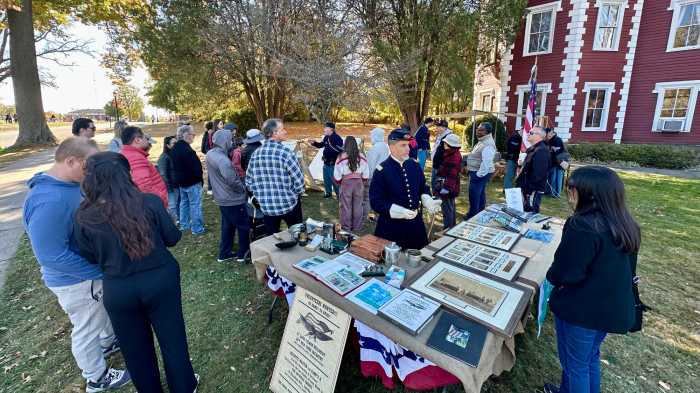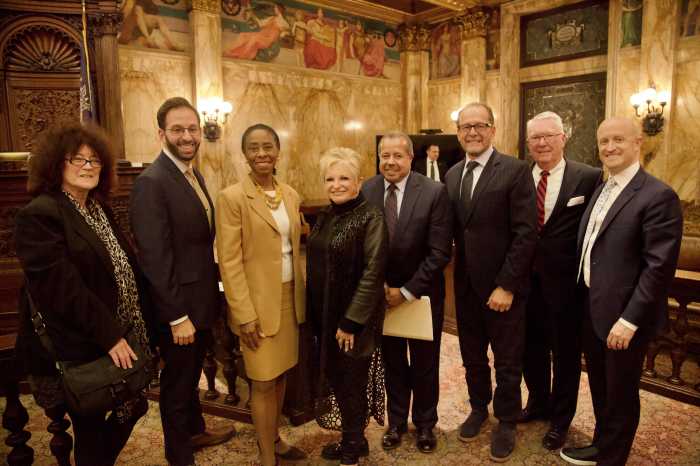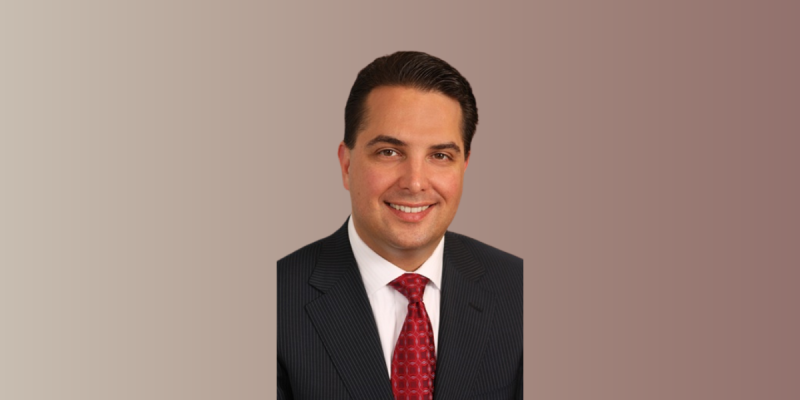Legislation to offer tax breaks to property owners who install check valves in their sewer lines will be introduced in the City Council, State Assembly and State Senate in the next four-to-six weeks, the bill’s sponsors say.
State Senator Toby Stavisky, Assemblymember Rory Lancman and Councilmember James Gennaro drafted the bill after rainstorms rendered Queens a disaster area this past August.
Check valves are devices that prevent home flooding by locking when they sense water or sewage coming through sewer pipes. The catch, said Lancman, is that by locking, they shut down a home’s water system until the sewage has drained, leaving sinks, showers and toilets out of order.
But it only lasts for “a couple of hours,” said Lancman - a sacrifice most would be willing to make for flood protection.
If passed into law, homeowners would receive a credit against their property tax bills. In dollar figures, the credit would be worth 50 percent of the cost of the check valve.
“In other words, if someone pays $3,000 for the valve, they would receive a $1,500 tax credit on their property tax bill,” Lancman explained.
Check valves can range in price from $2,000 to about $4,500, and the proposed legislation offers up to $2,000 in tax credit savings.
For nonprofit organizations, which do not pay property tax, the credit would go toward sewer and water bills.
Stavisky said the bill is a step in making sewage infrastructure a high priority, which she believes it should be.
“The city recently increased its water tax, so homeowners are paying more for those things, but the increase in revenue is going into the city’s general budget,” said Stavisky. “If homeowners are paying more for sewage and water, the increase ought to go towards repairing the infrastructure of our sewer system … the real issue is that with so much development going on in Queens, we don’t have the infrastructure to handle additional demands.”
In addition to the tax credit legislation, leaders are pressuring the city to apply for FEMA’s Disaster Mitigation Funding, a program that could protect the city in the future.
“When a site is declared a disaster area, it is given a certain amount of federal money to rebuild and repair itself,” explained Lancman. “After that process is completed, it can apply to FEMA to receive an additional percentage of that funding specifically to be put toward future disaster prevention.”
Lancman said the funding is not automatic, and the city must aggressively lobby FEMA in order to be considered.
Stavisky said she and her co-sponsors will spend the next few weeks circulating the bill among colleagues before introducing it in October or November.





























